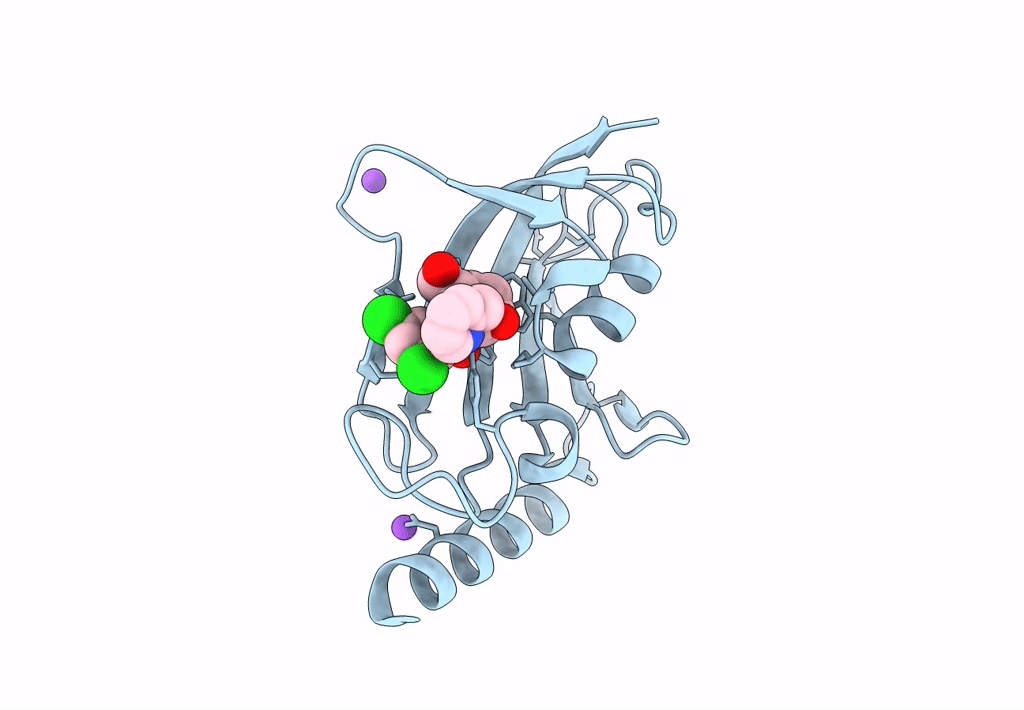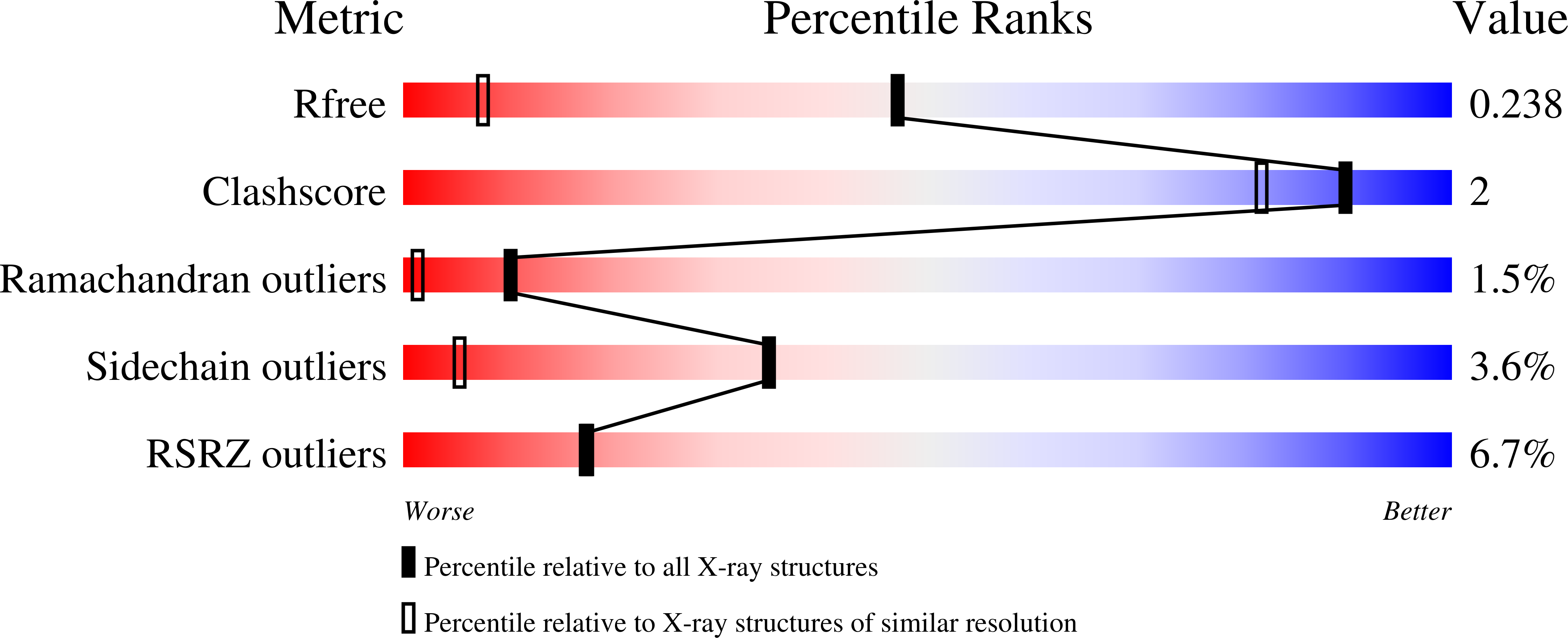
Deposition Date
2022-11-08
Release Date
2023-09-06
Last Version Date
2023-09-13
Entry Detail
PDB ID:
8BK5
Keywords:
Title:
A structure of the truncated LpMIP with bound inhibitor JK095.
Biological Source:
Source Organism:
Legionella pneumophila (Taxon ID: 446)
Host Organism:
Method Details:
Experimental Method:
Resolution:
1.44 Å
R-Value Free:
0.22
R-Value Work:
0.18
Space Group:
P 31 2 1


